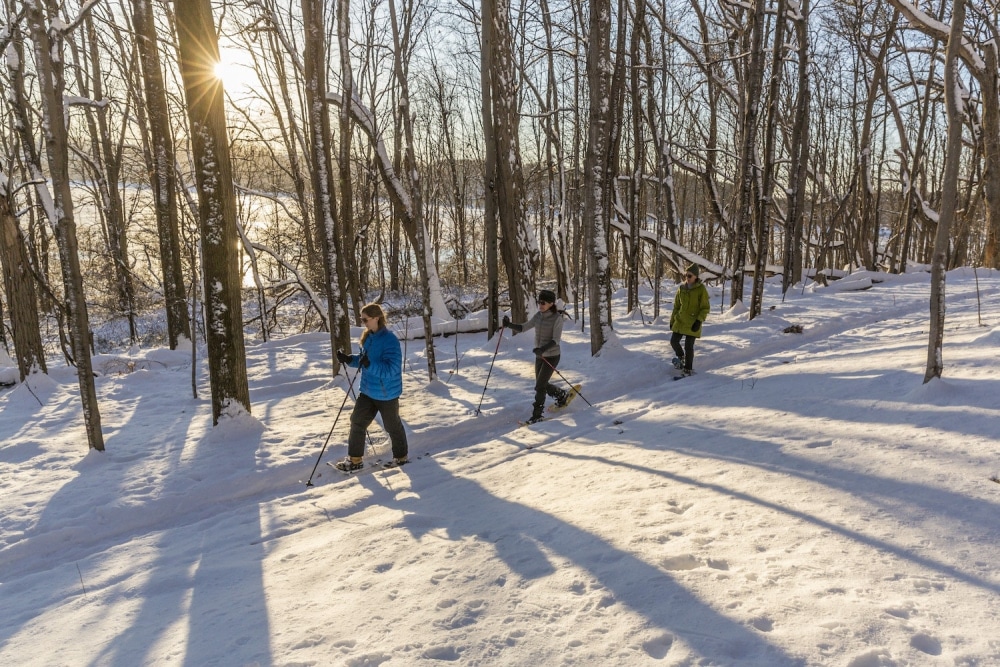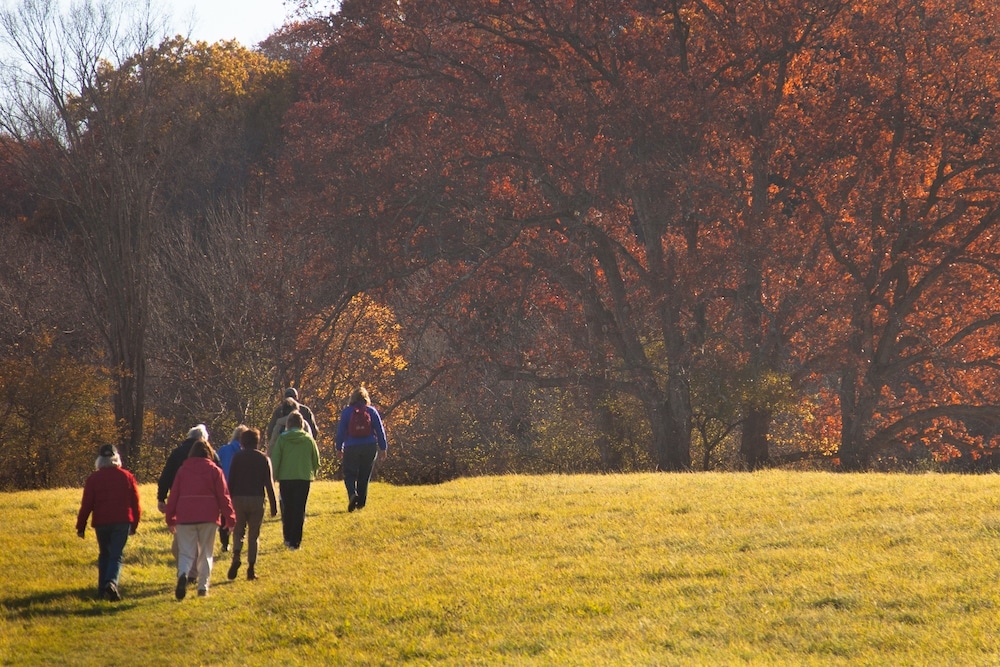Signup for our Newsletter
Receive our latest updates by signing up for our newsletter!


Town: West Newbury
Total Acres: 315
Year Conserved: 1990-2016
Difficulty: Difficult
West Newbury’s own emerald necklace – a 315-acre ribbon of protected open space and public trails that showcases the region’s natural beauty and rich cultural history. A network of protected properties provides an expansive and varied landscape that allows visitors to walk for hours on interconnected trails.
The Indian Hill Conservation Area features wetlands, open meadows full of wildflowers, woodlands with towering oaks and maples, and a legendary birding location known as “Warbler Alley.”
As its name suggests, Indian Hill is an Indigenous site. It was the site of an Algonquian agricultural village. Meadows and grasslands on the southwest-facing, gently sloping skirts of Indian Hill began as Pennacook-Pawtucket cornfields. In addition to corn, the people grew squash, beans, pumpkins, and sunflowers, which are native to New England and have edible tubers.
Indian Hill’s waters contribute to the Merrimack River via the Artichoke River, named for the explorer Samuel de Champlain’s 1603 account of sunflower tubers. Champlain wrote that they tasted like artichokes. Puritan settlers, believing they were building a new holy land, later named them Jerusalem Artichokes and gave the Merrimack tributary the name Artichoke River.
Many of the trees and plants you see in the reservation that make up this Conservation Area were protected and managed by the Algonquians who lived here. They used all parts of the chokecherry, for example, to make fruit leathers, medicinal teas, and smoking mixtures. They used juniper berries in fermentation, poultices, and pain-relieving medicines, and they flavored and colored their corn mashes with goldenrod flowers.
Indian Hill Farm reached its modern heyday under the ownership of famed editor and newspaperman Major Ben Perley Poore, who was also a gentleman farmer and avid horticulturist. Visitors will find exceptional dry-stacked stone walls and cart paths that meander through the woods to this day.
Find woodland wetlands at the South Street Woodlots towering ancient hardwoods on Indian Hill Farm; grassland habitat full of summer wildflowers at the Atherton Reservation; and a successional field with goldenrod, juniper and choke cherry at the Ordway Reservation.
Migrant warblers and songbirds are abundant in spring, especially along the “warbler alley” section of Pikes Bridge Road. Look for raptors soaring above Indian Hill and waterfowl on the reservoir. Stop and listen from field edges at dawn and dusk in spring for the Woodcock courtship flight. Deer and turkey are common.
Indian Hill Street, West Newbury. (Opens in Google Maps)
Indian Hill Conservation Area is composed of several reservations, including:
From Route 95/Exit 83/Scotland Road:
Go west on South Street. In 0.4 miles, turn right onto Indian Hill Street. Trailheads for Indian Hill and Atherton Trail Connector are 0.8 miles ahead on the left and right, respectively.
Park in the small lot at the entrance to the property on Indian Hill Street. Parking is limited to four cars.
Town: West Newbury
Total Acres: 315
Year Conserved: 1990-2016
Difficulty: Difficult



82 Eastern Avenue
PO Box 1026
Essex, MA 01929
e. Contact by Email
p. 978.768.7241
Greenbelt thanks the photographers whose work is featured prominently on our website: Jerry Monkman, Dorothy Monnelly, Adrian Scholes, David Alden St. Pierre & Neil Ungerleider
